搜索结果: 'methocult media formulations for mouse hematopoietic cells serum containing'
-
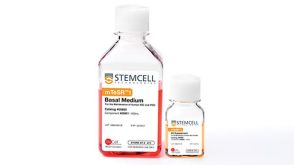 1:27
mTeSR™1: Standardized Medium for the Feeder-Independent Maintenance of hESCs & hiPSCs
1:27
mTeSR™1: Standardized Medium for the Feeder-Independent Maintenance of hESCs & hiPSCs产品类型:
产品号#:
85850
05888
产品名:
mTeSR™1
CloneR™, 10mL
发布日期: 12/2/10 -
 3:55
Why Use Air-Liquid Interface Cultures for Respiratory Research: Q&A with Dr. Wadsworth
3:55
Why Use Air-Liquid Interface Cultures for Respiratory Research: Q&A with Dr. Wadsworth产品类型:
产品号#:
05001
05021
05022
05008
05040
00218CA.2
05050
产品名:
PneumaCult™阿里介质
PneumaCult™阿里介质
PneumaCult™阿里介质
PneumaCult™交货中
PneumaCult™-Ex Plus Medium
人呼吸道上皮细胞课程 - CA - 秋季
PneumaCult™-ALI-S培养基
发布日期: 5/16/12

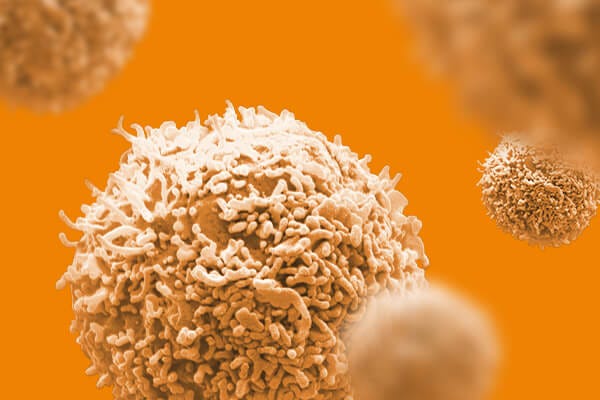
 EasySep™小鼠TIL(CD45)正选试剂盒
EasySep™小鼠TIL(CD45)正选试剂盒
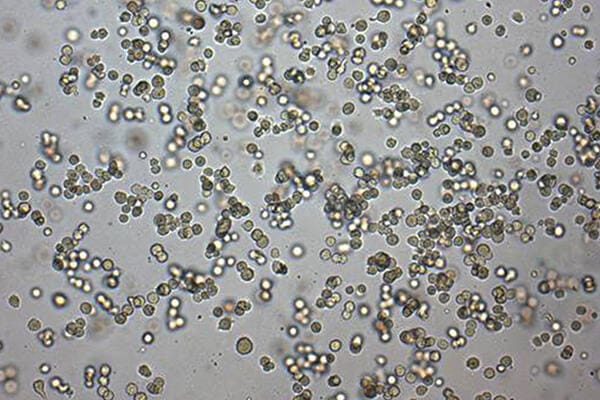
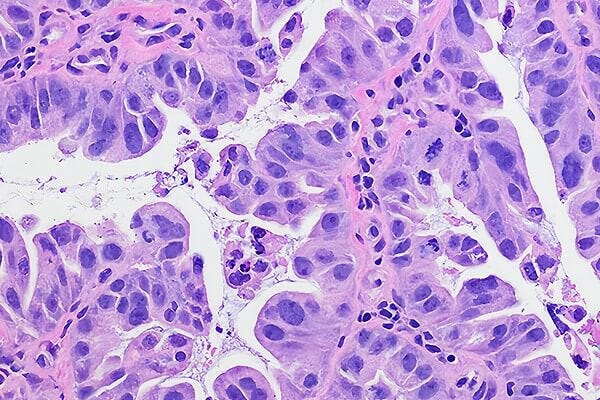


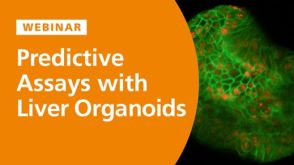
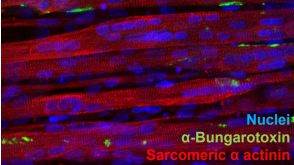
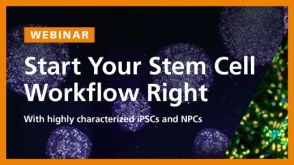
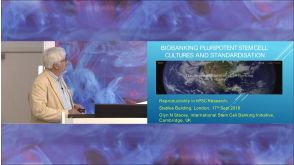
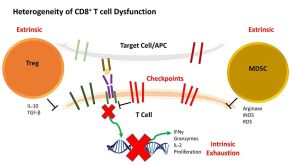
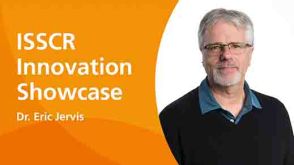
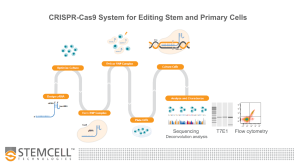
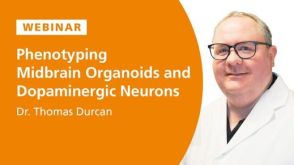
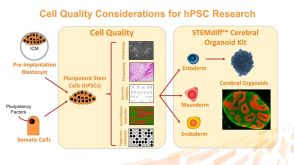


 沪公网安备31010102008431号
沪公网安备31010102008431号